You are now reading:
Vietnam remains investors’ darling despite tariffs
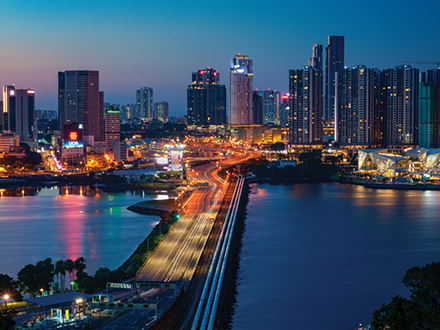
Find out how we can help you fast-track your investments in the JS-SEZ.
Learn moreyou are in UOB ASEAN Insights
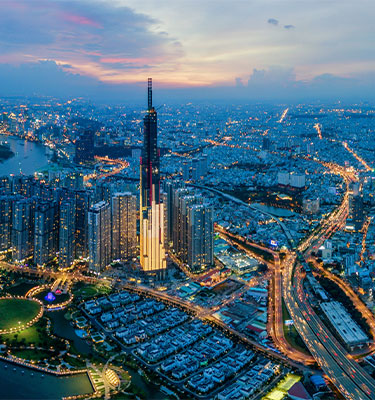
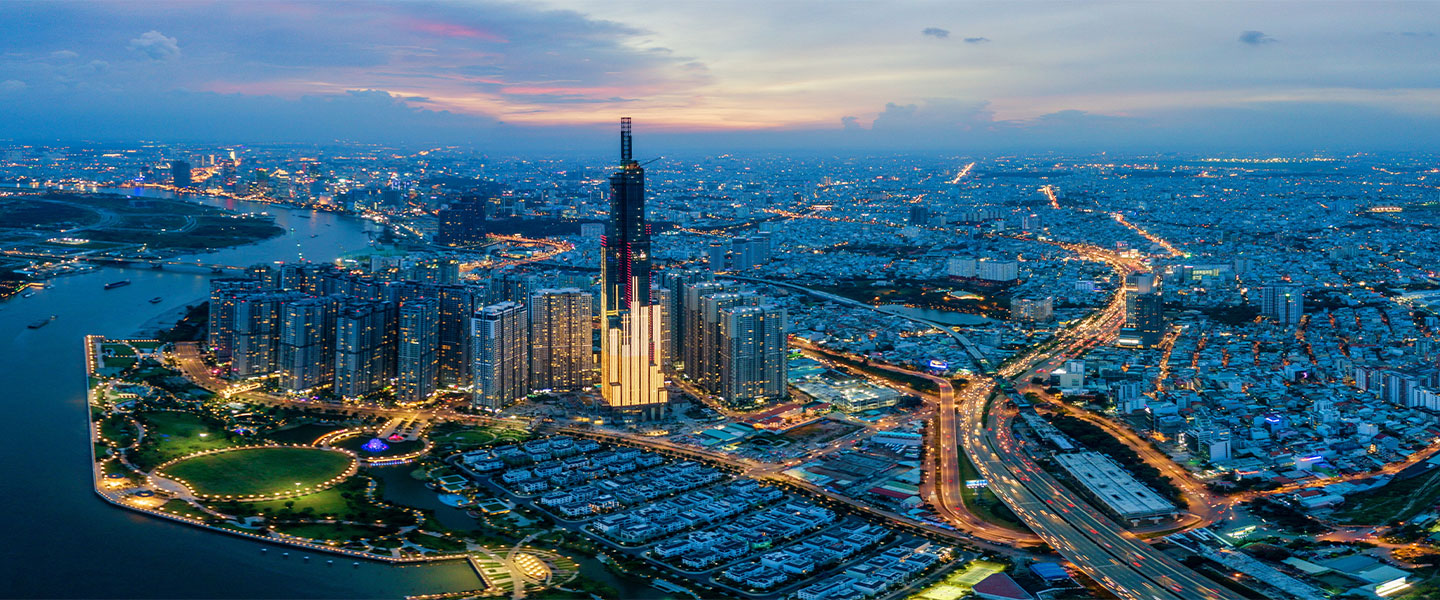
You are now reading:
Vietnam remains investors’ darling despite tariffs
Foreign direct investment (FDI) in Vietnam continues to surge despite ongoing global tariff wars.
The first seven months of 2025 saw a 27 per cent year-on-year increase in FDI to US$24 billion, according to Vietnam’s Ministry of Finance.
Vietnam is at a strategic crossroads, geopolitically and diplomatically. It sits at the heart of Southeast Asia, on major shipping routes, and borders China – one of the world’s economic giants.
Its strong strategic partnership with the United States has also driven foreign investment as companies look to diversify their supply chain with a “China+1” strategy and shift production facilities to Vietnam.
However, this strong economic ascent has caused the country to be in the geopolitical crosshairs of the second Trump presidency with tariffs now used as a negotiating tool. The tariff rate has vacillated this year alone – from 46 per cent to 20 per cent and soon possibly zero for some goods.
Despite this, Vietnam remains as an attractive investment destination.
At the recent ASEAN conference in Singapore earlier this year, Vietnamese business leaders and policy makers shared their insights on how the country is repositioning itself for economic resilience.
Vietnam’s export success has been anchored around key sectors of textiles and footwear, electronics, agriculture, and aquaculture industries. The US, China, Japan and Korea are top export destinations.
However, there is untapped diversification potential. For example, these key sectors account for 60 per cent of exports to the US, but only account for 18 per cent of Vietnam’s total exports.
From semiconductors to AI-driven data centres, Vietnam is now striving to move beyond low-cost manufacturing to higher-value, innovation-led industries.
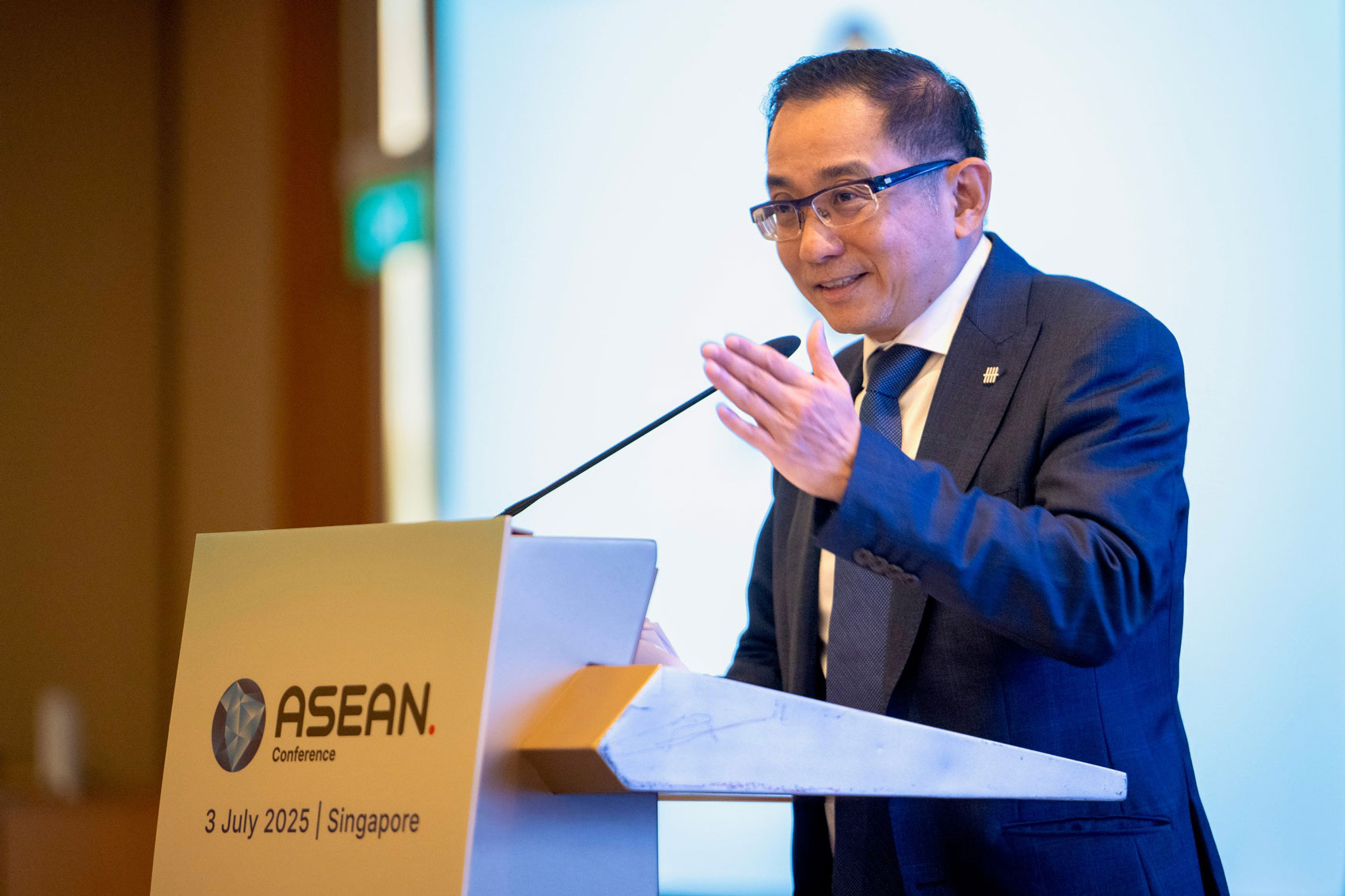
Mr Victor Ngo, CEO of UOB Vietnam, giving the welcome remarks at the Vietnam market breakout track
“Vietnam has taken proactive steps to mitigate the tariffs impact and is now focused on moving up the value chain,” said Mr Victor Ngo, CEO of UOB Vietnam, at the Vietnam market breakout discussion during the conference.
With GDP growth of 7.1 per cent in 2024, and an 8 per cent GDP target this year, the country is determined to keep its foot on the economic accelerator.
Its ambition? To become a high-income economy by 2030.
The infrastructure and government policies for doing business in Vietnam have been a bugbear for some foreign investors.
However, the country is picking up the pace with liberalisation of its financial sector, focused infrastructure development, efforts toward environmental sustainability, and institutional strengthening. These initiatives lay the groundwork for future economic expansion.
In 2025 alone, five Vietnamese airports will be expanded or will have new terminals constructed to boost capacity.
Noi Bai International Airport at the capital city, Hanoi, is being expanded to handle 60 million passengers by 2030 and 100 million by 2050. According to airport authorities, the airport served 16.5 million passengers in the first half of 2025.
The long-term goal is to expand the country’s airport network from 22 to 30 airports by 2030 and to a further 33 airports by 2050.
Greater Ho Chi Minh City, the economic heart of Vietnam, is expected to triple in land area. The vision is to create a highly integrated hub for tourism, logistics, and port facilities.
Private sector players are already feeling the ramp up in infrastructure building.
Singaporean furniture manufacturer, Koda Ltd for example, has set roots in Vietnam since the 1990s.
Drawn to the country’s competitive labour costs and large talent pool, the company currently has 75,372 square metres of production facilities in the country and employs more than 1,000 workers.
Vietnam’s greatest asset is undoubtedly its young, skilled, and driven workforce.
The government invests actively in technical education and vocational training to meet the demands of future industries.
Institutionally, reforms are underway to reduce regulatory bottlenecks and improve governance.
For example, the cities of Da Nang and Ho Chi Minh City are positioned as international financial centres, with legal and transaction documentation shifting to English to attract global capital.
Vietnam has also committed to a green transition.
With a net-zero carbon target by 2050, the country is prioritising clean energy, smart logistics, and sustainable industrial zones. There will be no new coal power plants commissioned after 2030 and there will be a phase-down of existing coal power starting in 2040.
As the global order reshapes into a multipolar framework, Vietnam is actively integrating into the world trade with numerous free trade agreements (FTAs).
There are currently 16 FTAs, such as the Regional Comprehensive Economic Partnership (RCEP) among 10 ASEAN member countries and Australia, China, Japan, South Korea, and New Zealand.
The panellists at the Vietnam breakout session recognised that regional collaboration remains important, especially for small- and medium-sized enterprises (SMEs) navigating cross-border trade, compliance, and financing challenges.
The message is clear: Vietnam wants to move beyond competing on costs and is working towards high-value creation – but in close cooperation with its economic allies.
Keen to tap into ASEAN’s vast opportunities but unsure how to navigate its complexity and cultural diversity? At UOB’s FDI Advisory Unit, we specialise in guiding companies through their Southeast Asian ventures with tailored market insights, regulatory navigation, and valuable connections.

25 Jul 2025 • 6 MINS READ
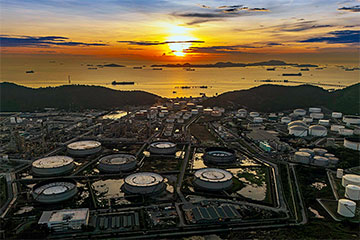
18 Jul 2025 • 78 mins watch
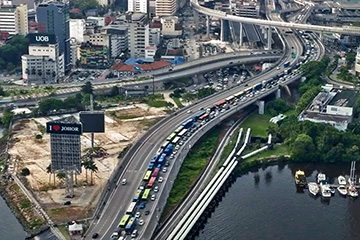
16 Jul 2025 • 5 mins read
Find out how we can help your business expand across ASEAN.Get in touch